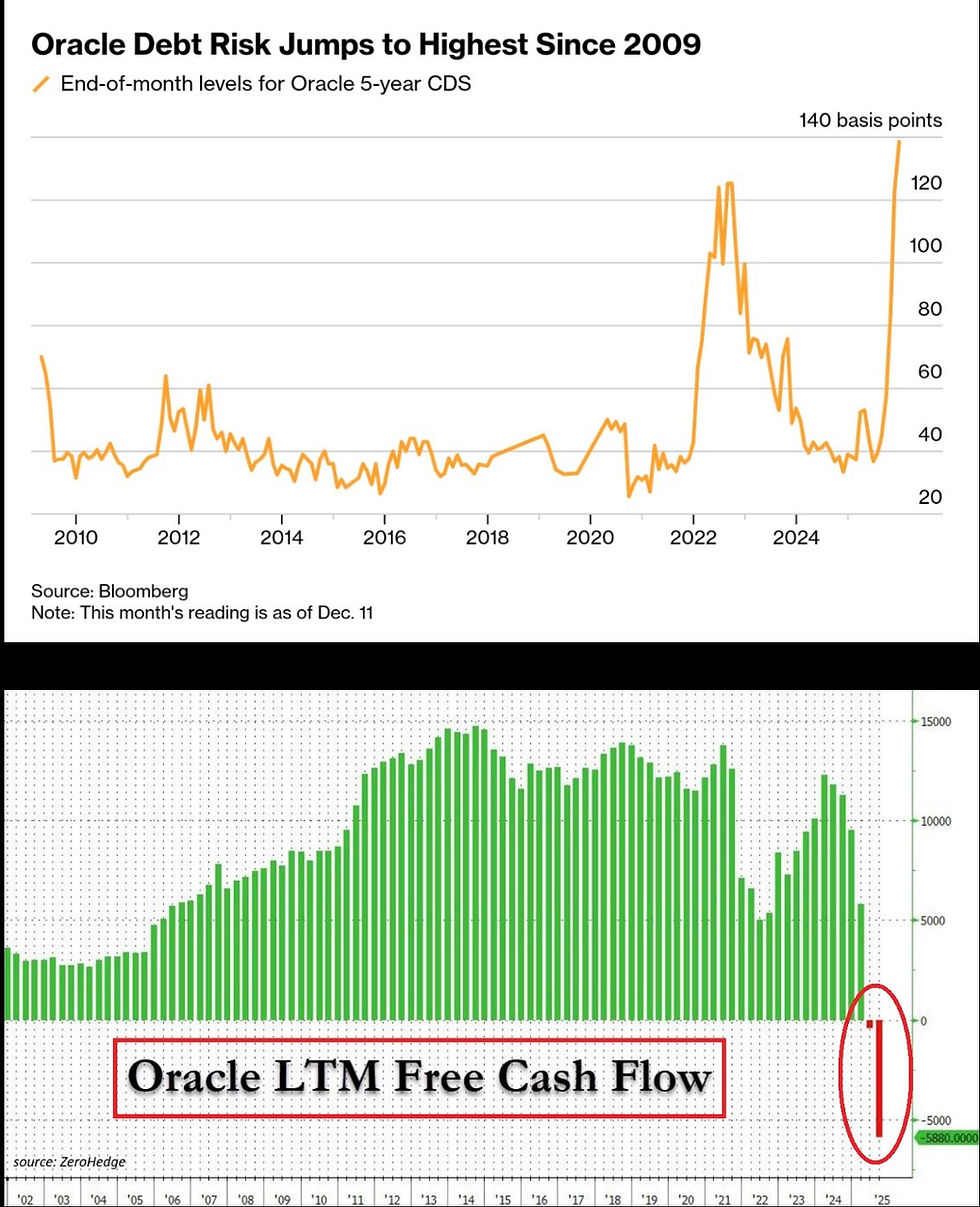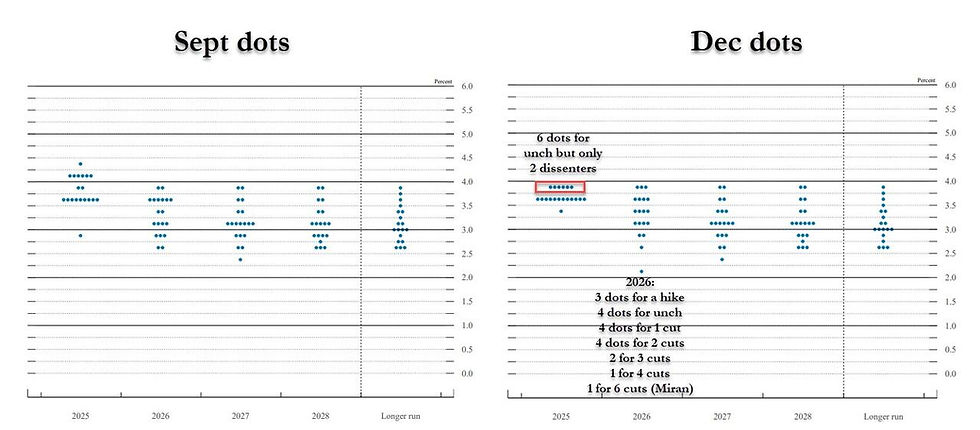Dollar and inflation
- Gustavo A Cano, CFA, FRM

- Jul 7
- 1 min read
The Trump administration continues to defend a strong dollar policy. However, YTD, the trade weighted U.S. dollar has depreciated 10%, partly as a result of the debt and the deficit, and also due to investors pivoting into international stocks and bonds, looking for better valuations. The bottom line is that there is a disconnect between what the government says, and what is happening. You could argue that it’s too early to draw a conclusion, but it’s clear that the White House wants lower rates, and a lower dollar would make American made products more competitive, which is a big part of Trump’s campaign promises. What are the side effects of a weaker dollar? As you can see in the chart below, a 10% depreciation, can add 0.3% to the CPI number. And that does not include the potential effect of tariffs on inflation, nor the effect of recently passed OBBB. If the dollar where to depreciate another 10%, we are talking about a 3% handle on inflation, something that Jerome Powell may not be willing to accept. This is one of the keys for the second half of the year.
Want to know more? You can find all our posts at https://www.myfundamental.net/insights
#iamfundamental #soyfundamental #wealthmanagement #familyoffice #financialadvisor #financialplanning #policymistake #ratecut #stagflation











Comments